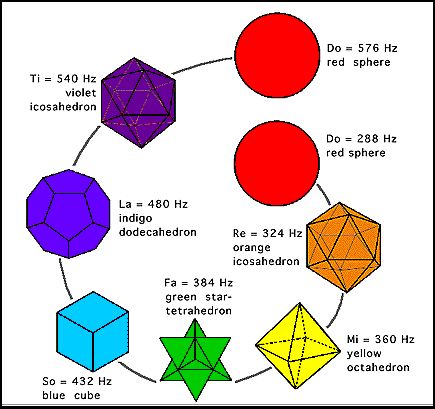Question to Professor Savic
Hi Weeb1e,
Just title your question, question to professor Savic, and then ask your question directly to Professor Savic. He may find time to respond to your question directly then. Otherwise, he may miss your question to him all together. He responds to some things but not to others.
Best Regards,
Slovenia
Hi Weeb1e,
Just title your question, question to professor Savic, and then ask your question directly to Professor Savic. He may find time to respond to your question directly then. Otherwise, he may miss your question to him all together. He responds to some things but not to others.
Best Regards,
Slovenia
Originally posted by weeb1e
View Post




 )
) ...you have 1 for 2.1 and 52 for 2.52..you still have 42 74 43 3 11 51
...you have 1 for 2.1 and 52 for 2.52..you still have 42 74 43 3 11 51
 )
)







Comment